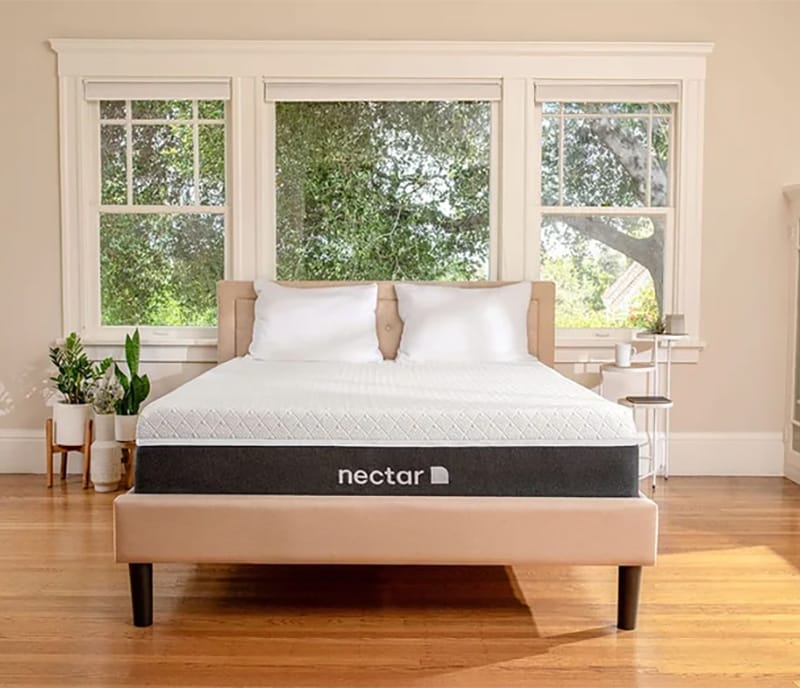Sleep Number 360 i8 Smart Bed – King Mattress – Pressure Relief – Automatically Adjusts
Feel the cooling comfort. Pressure-relieving layers and a temperature balancing sleep surface help keep the best climate for both of you.
EFFORTLESSLY COMFORTABLE, BLISSFULLY BREATHABLE
Feel the cooling comfort. Pressure-relieving layers and a temperature balancing sleep surface help keep the best climate for both of you.
- Adjustable comfort and firmness on each side—your Sleep Number® setting
- Responds to your movements and automatically adjusts firmness on each side
- Shows sleep quality—your SleepIQ® score—with personal insights for better sleep
- Absorbs excess heat and releases it as you cool so you both can sleep just right
- Smart 3D fabric is up to 50% more breathable for a cooler sleep surface*






by Shelly
We got the i8 bed. We were hesitant at first because of the price but we wanted to get a bed we knew would be comfortable for both myself and my husband. The bed is soft enough for me and firm enough for my husband. It does have a cooling effect to it.
by Seaside
We bought our i8 a month ago and it’s awesome!!!! A good nights sleep!
by Sarsou
So happy I have a sleep number bed, love my adjustable base too!
by Babe
I just bought this month, and I was amazed how easy it was to get help. We tried a few, but I chose this one for the cooling feature.
by Amanda
We bought the bed about 2 months ago and have really enjoyed the ability to adjust the firmness of the bed. It’s been amazing.
by Tracy
I bought this bed because I always woke up with a backache on a conventional mattress. Since purchasing the sleep number I8…I no longer have a backache. The auto adjust feature adjusts the bed to me. I can also use the bio meters of the sleep iq to improve my sleep.
by Rob
I bought it a week ago and can’t wait to get it.
by Verne
I purchased this bed over 30 days, and I wake up feeling like I slept on clouds. My neck and back doesn’t hurt in the morning. I travel a lot and I really miss my bed when I’m away. I love my sleep number